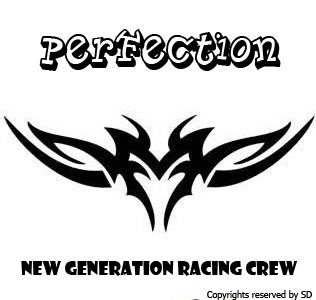IF you want to know about car tuning,how to increase engine power and how to modify your car, then you've come to the right place. However, before we can start talking about engine tuning and increasing engine power and torque, we first need to have a basic understanding of how an internal combustion engine produces power. Therefore, over the next few pages of this section, we'll discuss the various basic concepts and principles of the internal combustion engines and the common terms used to discuss engine modifications, such as volumetri efficiency, engine displacement and air density as all of these influence engine power and performace Once we have a clear understanding of how a four stroke engine produces power, we can move on and start make our plans to increase engine performance.
Although there are two types of internal combustion engines, namely the two stroke engine and the four stroke engine, we're only interested in car performance and since the two-stroke engine is not used on cars, we won't be discussing that engine here. Instead we'll focus out attentions soely on the four-stroke engine because cars use the four-stroke engine and not the two-stoke engine. If you're looking for information about the two-stroke engine, you could try How Stuff Works or Wikipedia.
The Wankel rotary engine.
here are also numerous derivatives of the four stroke engine – diesel engines, petrol engines, four cylinder engines, straight sixes, boxer engines, rotary or wankel engines, turbocharged engines, supercharged engines, etc. With the marked exception of the rotary engine, all four stroke engines have a common basic design – they all consist of individual cylinders with pistons that are connected to a flywheel by a crankshaft, and they all make use of what is known as the Otto Cycle. This makes it fairly easy to discuss basic engine power concepts as we don't need to concern ourselves with V's and straights, boxers and horizontally opposed engines. Instead our discussion can and will be all about the four stroke internal combustion engine. In addition, the deisle engine has had a resurgence in recent years and has become more of a performance engine, especially the turbo-diesel engine. A lot of what we discuss here can be applied to modern diesel engines but there are some aspects of engine modification that are specific to diesel engines; for this reason we'll discuss diesel engines anddiesel engine modifications on their own.
o let us begin by looking at the four strokes of the four stroke internal combustion engine otherwise known as the Otto cycle. You can skip this section if you're already familiar with the Otto cycle and head on over to basic engine power or engine building,.



